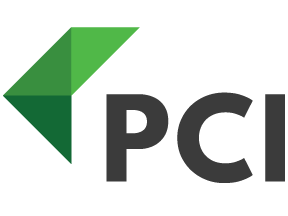
by Rebekah Weiner | Jul 25, 2023 | API, Integration
By Sandy Froonjian You’ve probably heard a lot about APIs by now, but you might still be unsure if your organization needs an API integration. Of course, creating an API integration comes at a cost, so how can you determine if it’s worth the investment for...

by Rebekah Weiner | Apr 25, 2023 | API, Deltek ConceptShare, Deltek WorkBook, Integration
By: Sandy Froonjian By now, you have heard about what an API is and how PCI can integrate your software. You may be questioning if your company can benefit from an API integration given the software you currently use. If your software has API capabilities for...

by Rebekah Weiner | Mar 14, 2023 | API, Deltek Costpoint, Deltek WorkBook, Integration
Written by: Sandy Froonjian In my previous article, I provided a general overview of what the API team at PCI does. In this article, I’m going to get more technical and explain the details of how we work with our clients to accomplish that integration. To begin...

by Rebekah Weiner | Feb 3, 2023 | API, Deltek Costpoint, Deltek WorkBook, Integration
This blog was written by Sandy Froonjian, Software Engineer at PCI. You may have heard the term “API” thrown around at your job here and there but have never really known what it is or what it means. APIs are ubiquitous and most software these days have API...





